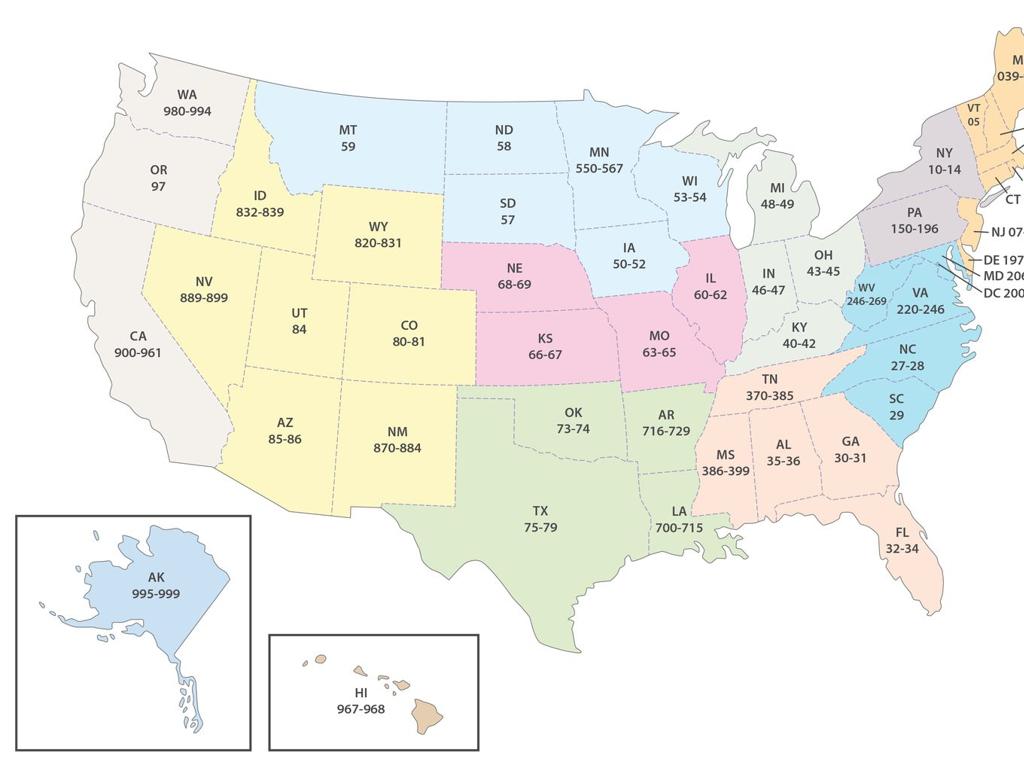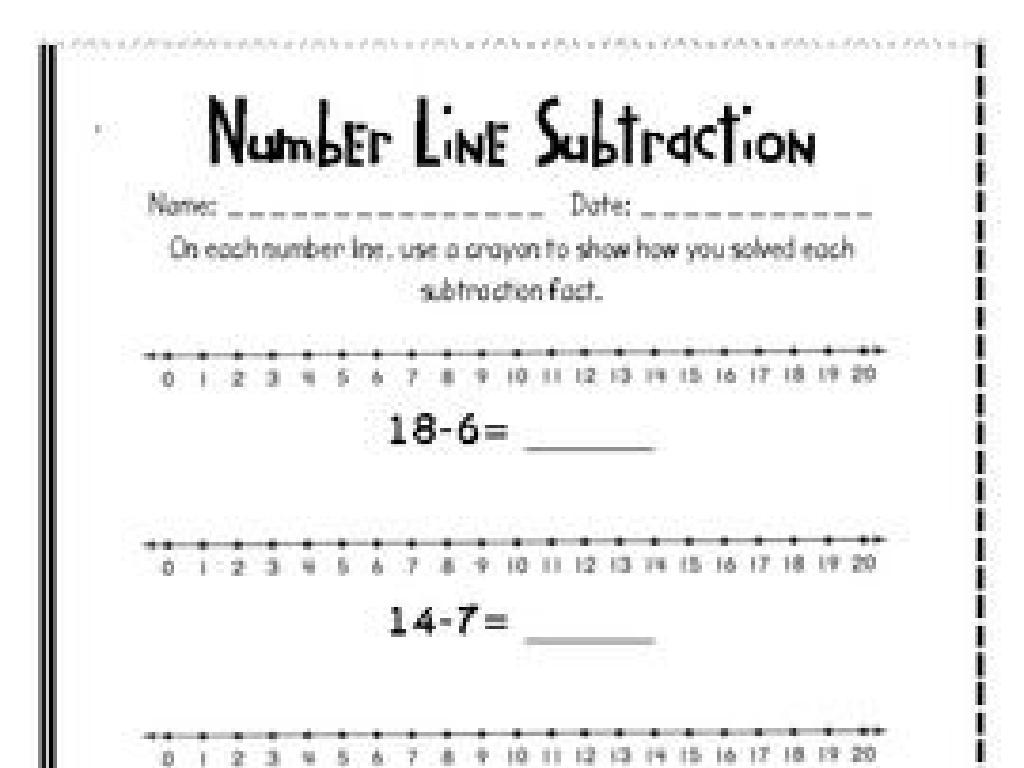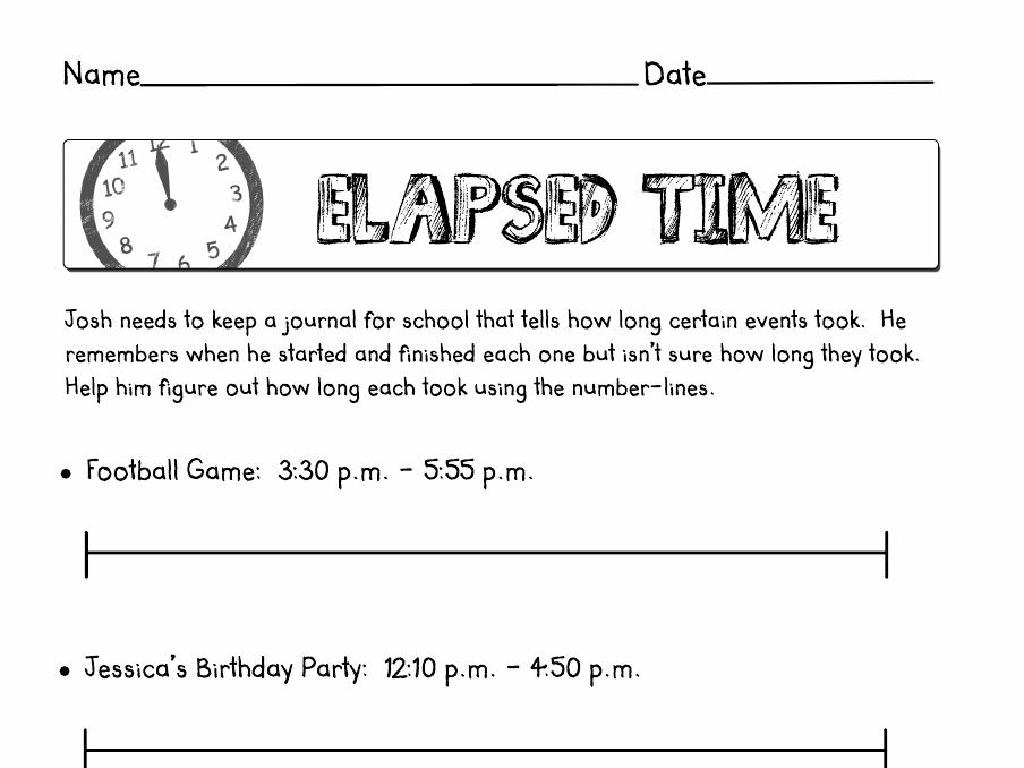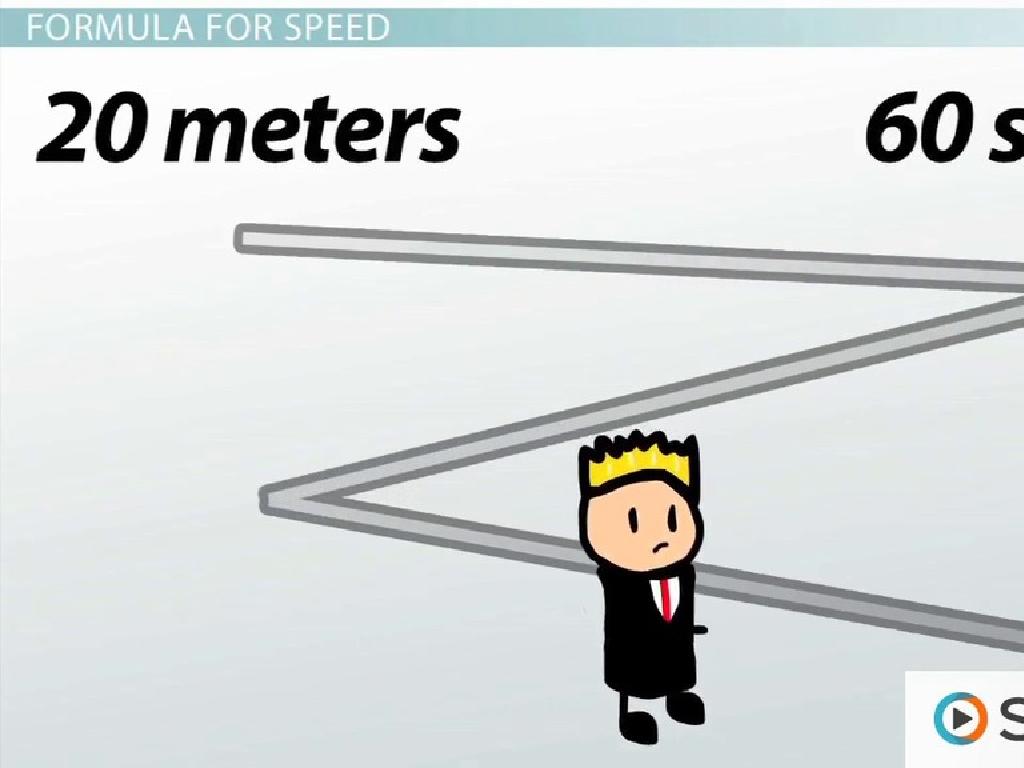Label The Rhyme Scheme
Subject: Language arts
Grade: Third grade
Topic: Rhyme
Please LOG IN to download the presentation. Access is available to registered users only.
View More Content
Welcome to Rhyme Time!
– Learning about rhymes
– Rhymes in poetry and songs
– Words that sound the same at the end, like ‘cat’ and ‘hat’
– What is a ‘rhyme scheme’?
– The pattern of rhymes at the end of each line, like AABB or ABAB
– Identifying rhyme patterns
– We’ll practice spotting the rhyme scheme in examples
|
This slide introduces the concept of rhymes and rhyme schemes to third-grade students. Begin by explaining that a rhyme is when two or more words have the same ending sound. Illustrate this with simple examples like ‘cat’ and ‘hat’ or ‘star’ and ‘car’. Then, introduce the term ‘rhyme scheme’ as the pattern of rhymes at the end of each line in a poem or song. Use visual aids or highlighters to help students identify these patterns in provided examples. Encourage students to listen for rhymes in their favorite songs or poems as homework. In the next class, ask them to share the rhyme schemes they discovered.
Understanding Rhymes
– What is a rhyme?
– Words that have the same ending sound
– Examples of rhymes
– cat-hat, blue-shoe, sink-drink
– Rhymes in reading and writing
– Using rhymes can make stories and poems sound better
– Rhymes make language fun!
– Rhyming words can make learning and speaking enjoyable
|
This slide introduces the concept of rhymes to third-grade students. Start by explaining that a rhyme is when two or more words have the same ending sound, which makes them sound alike. Provide clear examples using simple, familiar words to ensure understanding. Emphasize how rhymes are used in poems, songs, and stories to create a rhythm and improve the flow of reading and writing. Engage the students by asking them to come up with their own rhyming words. Highlight the fun aspect of rhymes and how they can make language arts more enjoyable. Encourage students to listen for rhymes in their favorite songs or books as a practical application of the lesson.
Rhyme Schemes in Poems
– What is a rhyme scheme?
– It’s a pattern of rhymes at the end of lines in a poem.
– Not all poems rhyme
– Rhyme schemes use letters
– We use letters like A and B to label the rhymes.
– Example: A, B, A, B pattern
– Lines that rhyme have the same letter: ‘cat’ (A), ‘hat’ (A), ‘bat’ (A), ‘go’ (B)
|
Introduce the concept of rhyme schemes by explaining that it’s a way to identify patterns in poetry. Not every poem has to rhyme, which can be a common misconception among young students. When teaching rhyme schemes, use visual aids like highlighting rhyming words in different colors corresponding to their rhyme scheme labels. Provide examples of simple poems and practice labeling the rhyme schemes together. Encourage students to create their own short rhyming poems as a class activity to reinforce the concept.
Identifying Rhyme Schemes in Poems
– Read a poem together in class
– Listen carefully for rhyming words
– Words that sound the same at the end of lines are rhymes
– Label rhymes with letters of the alphabet
– For example, ‘cat’ (A) and ‘hat’ (A) rhyme, ‘dog’ (B) doesn’t
– Understand how rhyme schemes work
– A rhyme scheme patterns the lines that rhyme in a stanza
|
This slide is aimed at helping students recognize and label rhyme schemes in poetry. Start by selecting a simple and engaging poem to read aloud. As you read, encourage students to listen for words that sound the same at the end of each line. After reading, go through the poem again and assign letters to each line to indicate which lines rhyme with each other, starting with ‘A’ for the first rhyme. Explain that the rhyme scheme is a pattern that shows which lines rhyme in a stanza or throughout the poem. This activity will help students understand the structure of poems and enjoy the musical quality of rhyming words.
Practice Time: Label the Rhyme Scheme
– Read a new poem with your partner
– Work together to find rhyming words
– Look for words that sound the same at the end of lines
– Label each line’s rhyme scheme
– Use letters to mark the rhymes (AABB or ABAB)
– Share your findings with the class
|
This activity is designed to reinforce the concept of rhyme schemes in poetry. Have the students pair up and provide them with a new poem. Encourage them to read it aloud with their partner to better hear the rhyming words. Guide them to identify the rhyming pattern and label each line with the corresponding letter to denote the rhyme scheme. For example, if the first and second lines rhyme, label them both ‘A’, and if the third and fourth lines rhyme, label them ‘B’, resulting in an AABB pattern. After they have labeled the rhyme scheme, ask a few pairs to share their poem and the rhyme scheme they identified with the class. This will help students learn from each other and gain confidence in their ability to recognize rhyming patterns.
Sharing Our Findings: Rhyme Schemes
– Present your labeled poem
– Discuss the poet’s rhyme choice
– Why did the poet pick this pattern?
– How rhyme scheme shapes rhythm
– Does it make the poem sound like a song?
– Listen and learn from classmates
|
In this activity, students will work in pairs to present the poems they have previously labeled with rhyme schemes. Encourage them to think critically about the reasons a poet might choose a particular rhyme scheme and how it contributes to the overall rhythm of the poem, making it more musical or impactful. As each pair presents, the rest of the class should listen attentively and be ready to discuss and learn from their peers’ insights. This will help students appreciate the artistic choices made in poetry and the effect of those choices on the reader’s experience.
Class Activity: Create Your Rhyme Scheme
– Write a four-line poem
– Choose a fun topic
– Could be your pet, favorite game, or a dream
– Pick a rhyme scheme
– AABB, ABAB, or ABBA? Which will you choose?
– Share your poem with the class
– We’ll listen to each other’s rhymes and learn
|
This activity is designed to help students understand rhyme schemes by creating their own poems. Start by explaining what a rhyme scheme is and provide examples (e.g., AABB means the first two lines rhyme and the last two lines rhyme). Encourage students to pick a topic they are excited about to help them engage with the activity. Guide them in choosing a rhyme scheme and show them how to apply it to their poem. Once they have written their poems, create a supportive environment for them to share their work with the class. This will not only help them learn from each other but also build confidence in their writing abilities. Possible variations for different students could include creating rhymes with different schemes or writing collaborative poems in small groups.
Rhyme Scheme Wrap-Up
– Congrats on learning rhyme schemes!
– Rhymes make poetry enjoyable
– Like music to your ears in poems
– Practice makes perfect
– Keep finding patterns in poems you read
– You’re on your way to being an expert!
|
This slide is meant to congratulate the students on their hard work learning about rhyme schemes and to encourage them to continue practicing. Emphasize that understanding rhyme schemes can make reading poetry more enjoyable and help them remember the poems better. Encourage them to look for rhyme schemes in their favorite songs or poems as a fun way to practice. Remind them that with consistent practice, they will become experts at identifying rhyme schemes, which will greatly enhance their appreciation and understanding of poetry.






